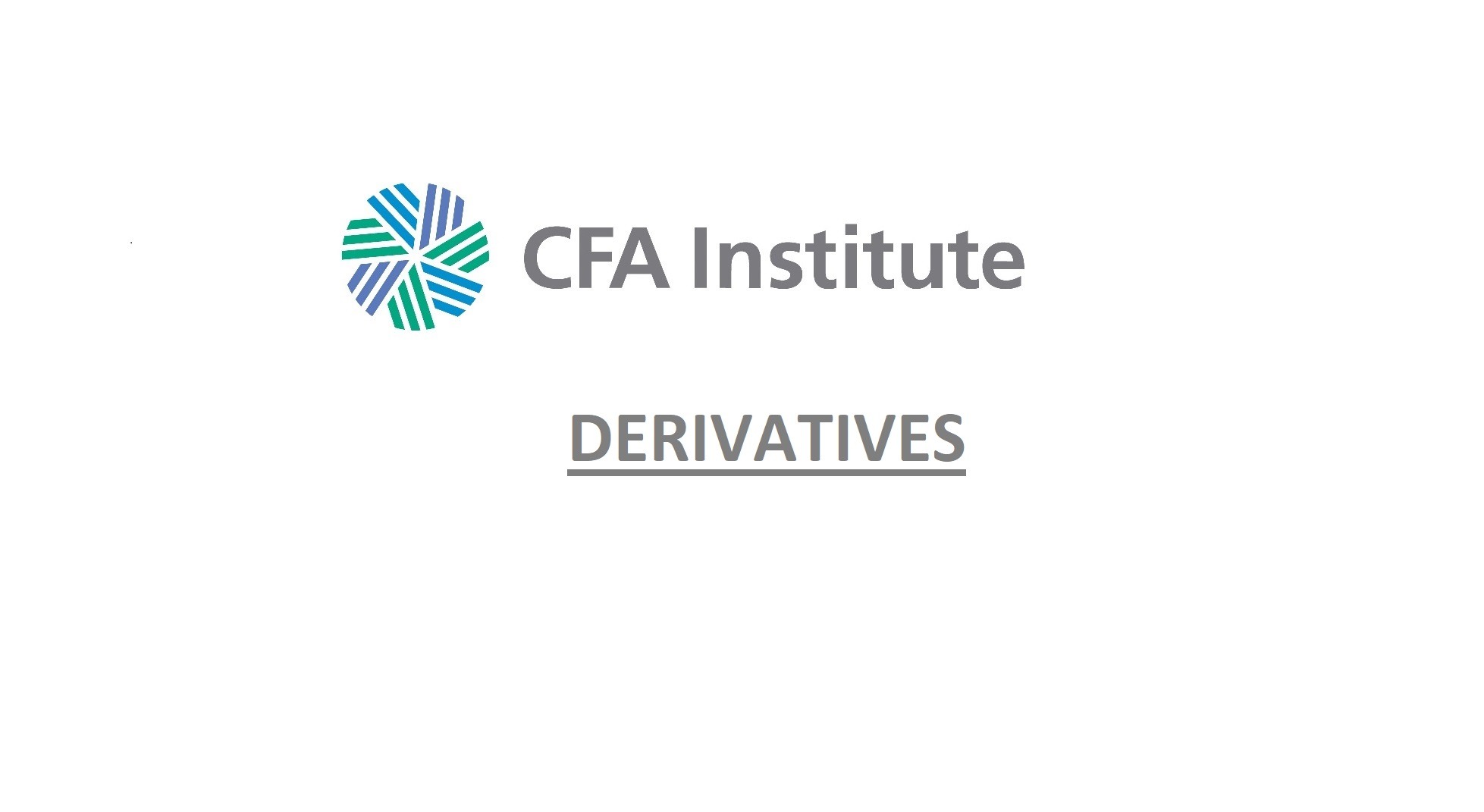A Refresher on Options Terminology
- A call is a right to buy
- A put is a right to sell
Each option contract will specify the underlying to which the right relates.
The contract will specify the exercise (strike) price at which the right can be exercised, and the expiration (expiry) date and time at which the right can be exercised.
- European-style options may only be exercised at the point of expiration, while American-style options may be exercised on any trading day up to and including the point of expiration.
The buyer of an option pays a premium (the value of the option) to the seller.
- The buyer (who takes the long position in the option) has the right.
- The seller (taking the short position) receives the premium as payment for taking on the contingent liability associated with the buyer’s right:
- In the case of a call option, the short has undertaken to deliver the underlying if the buyer chooses to exercise (receiving the strike price in exchange).
- In the case of a put option, the short has undertaken to take delivery of the underlying if the buyer chooses to exercise (paying the strike price).
Intrinsic Value and Time Value
At any point in time any given option will have a value. This is set, as are all values, by supply and demand but is likely to be determined by reference to one of the many option pricing models, of which the Black-Scholes-Merton (BSM) was the first (introduced in 1973), and is still widely used.
The key determinants of an option’s value are
- The strike price.
- The current level of the underlying (e.g., stock price, currency rate, etc.).
- The remaining time to expiration.
- The volatility of the underlying (the expected annualized standard deviation of the underlying over the period to option expiration).
- The annualized risk-free interest rate over the period to expiration.
- The annualized yield expected from the underlying (if any) over the period to expiration.
- Whether it is European- or American-style (in principle the latter might be worth more because they give the right to exercise before expiration, in addition to at expiration).
Market participants may not agree on what an option is worth—most likely because they disagree on the appropriate figure to use for volatility. However, note that all options that trade on exchanges will have a value, which is reflective of the consensus at that point in time. The current value of an option can be used to infer the consensus estimate of volatility for the underlying, known as implied volatility. This is done by working backwards through a pricing model, given the other factors can be directly observed.
Note that implied volatility is not the same as historical (realized) volatility, which is the square root of the actual realized variance of returns to date.
It is important to note that the volatility that is used to determine the option value is an estimate of the volatility looking forward, which is not the same as actual movement in the stock price. For example, the implied volatility for a stock option could well rise, even though the stock price is currently stable, if the consensus view changes on the potential for price moves during the period to expiration.
The value of an option can be decomposed into its intrinsic value and its time value, the total premium being the sum of these two.
- Intrinsic value is the value of immediate exercise. It reflects the degree to which the option is in the money (ITM).
- Time value is the additional value reflective of what might happen between now and the point of expiration.
An option is ITM if the long would derive a benefit from immediate exercise.
- A call option is ITM if the current price of the underlying > strike price, so the long has the right to pay less than the current market price for the underlying.
- The intrinsic value in such a case equals the underlying price minus the strike price.
- A put option is ITM if the current price of the underlying < strike price, so the long has the right to receive more than the current market price for the underlying.
- The intrinsic value in such a case equals the strike price minus the underlying price.
Note that the intrinsic value is not the same as the profit to the long, which would have to factor in the premium that the long originally paid for the option. This means that it is perfectly possible for an option to be ITM, but for exercise to result in a loss to the long (if the intrinsic value < initial premium paid).
An option that is not ITM will have zero intrinsic value. It could be at the money (ATM), with the underlying = strike price, or out of the money (OTM):
- A call option is OTM if current price of the underlying < strike price.
- A put option is OTM if current price of the underlying > strike price.
With all other factors held constant:
- Higher volatility means higher option premiums (both for calls and puts).
- Less time to expiry means lower option premiums (both for calls and puts).
